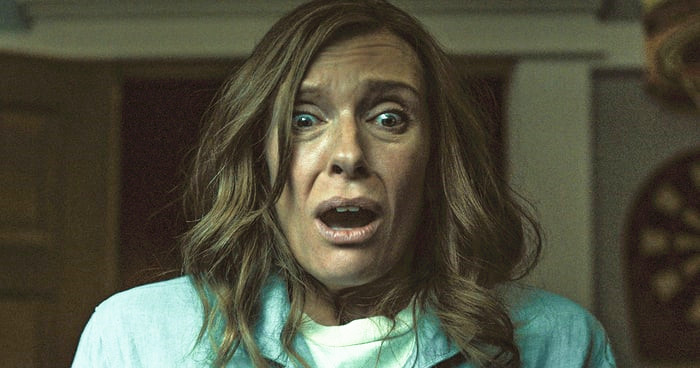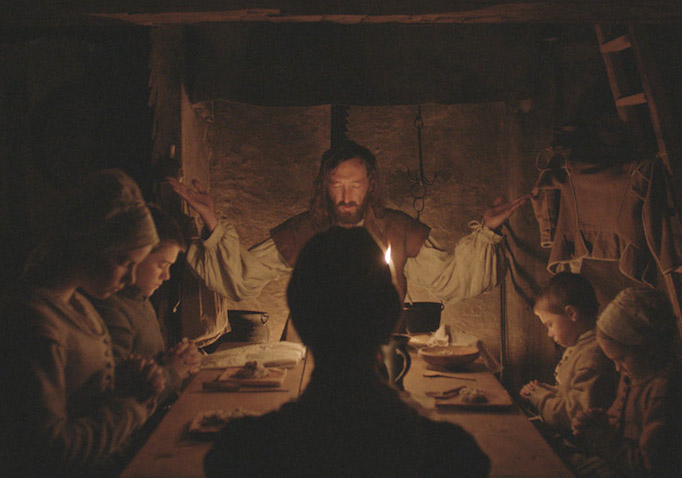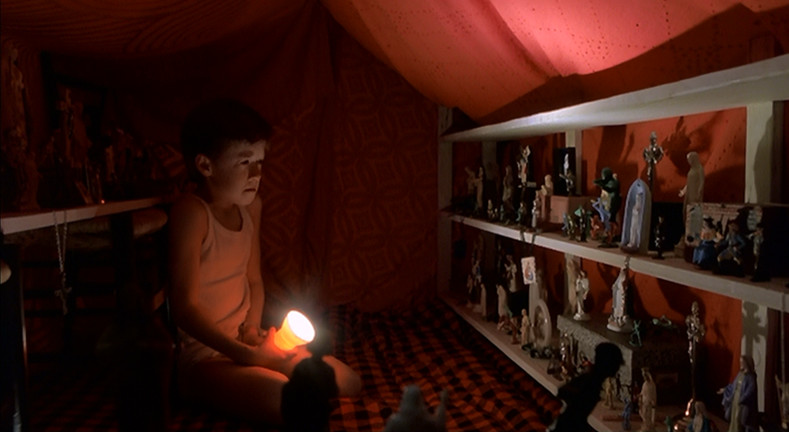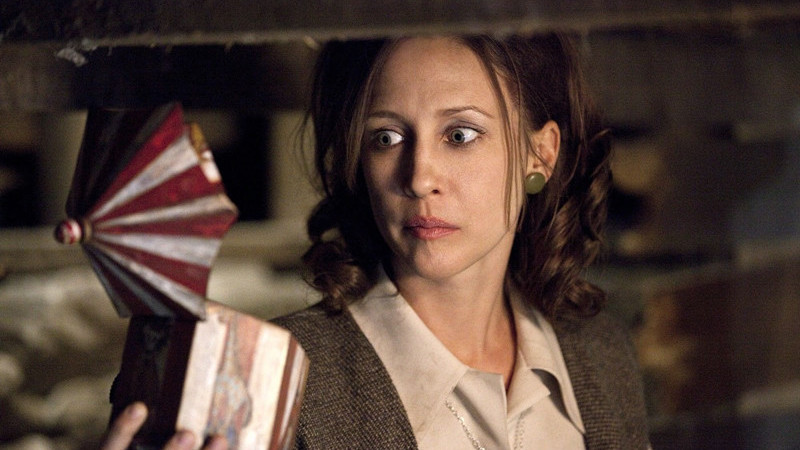5. A Nightmare on Elm Street

Here is the closest this article will come to blasphemy. By the time Wes Craven’s most famous film was released, the slasher genre had been done to death. Craven managed to add one element to the madman kills teens genre template – the supernatural. That’s not enough to make a film good. As electrifying as Robert Englund is as Freddy Krueger, A Nightmare on Elm Street lacks the masterful atmosphere and mise-en-scene of earlier slasher films like Halloween, Black Christmas and The Texas Chain Saw Massacre.
Craven’s trademarked confused moralizing doesn’t help. We learn that Krueger was a child murderer who was released on a technicality. Enraged, a mob of parents set him ablaze to keep their children safe, unknowingly turning Krueger into a ghost who targets their children. Craven frames the parents as monsters, because Lord forbid someone try to protect their children.
Craven reuses the same broken moral compass that he brought to his previous features: The Last House on the Left and The Hills Have Eyes. Those two films have the same basic plot structure – villains attack innocents, the family of the innocents attacks back, and Craven paints the family as just as evil or worse than their enemies.
In A Nightmare on Elm Street, that plotline recurs but as the film’s backstory. It’s nice to know that Craven believes in recycling, but if would be even better if he understood that the proper response to the abuse of others isn’t complacency. Even Craven’s moralizing isn’t as bad as the film’s chintzy musical score.
4. Hereditary

Hereditary is certainly not the worst film on this list, but it is by far the most frustrating. Why? About 90% of the film is top notch. It’s tense, disturbing, and features an Oscar-worthy performance from Toni Colette. Most of the film is a classier breed of horror film in the vein of The Innocents or The Others.
Then, with the minutes remaining, writer-director Ari Aster takes a left turn so sharp that the film gets into a head-on collision. Extremely late in the game, the film turns into a schlocky 1970’s B movie complete with needles gore, gratuitous nudity and out of nowhere plot developments.
The special effects also go from being good to being so laughably bad that one wonders if they are intentionally silly. The image of a severed head displayed on a mannequin as a dozen nude senior citizens look on reverently is so goofy it belongs in a horror comedy, as does the moment where a headless corpse begins flying. Even the film’s music feels parodic.
Was the serious tone of the first 90% of the film some sort of joke, a lead-up to a shaggy dog punchline? The real joke is on Aster. Though Hereditary was inexplicably beloved by critics, it was hated and dismissed by audiences across the country.
3. The Witch

Our leads are a family of Puritans banished to the wilderness for having theological disagreements with the rest of their community. Once there, they become prey for the devil himself. The film spends a lot of time looking down on the family for their fundamentalist beliefs, but why should it? In the world of the film, Lucifer is real, and witches actually have magical powers.
Despite the film’s distaste for the Christian faith, its still rife with Christian iconography, some of it fairly obscure. When the devil is revealed in the form of a goat it recalls both the biblical parable of the Sheep and the Goats and Francisco Goya’s painting, The Witches’ Sabbath. That doesn’t stop the talking devil goat from seeming ridiculous.
2. The Sixth Sense

Whereas the hate for Hereditary stems mostly from its ending, the love for The Sixth Sense, stems mostly from its ending. The film’s supposedly brilliant twist ending (spoiler, if you somehow haven’t heard about it already) is that a major character was dead the whole time.
The problem is, by the time M. Night Shyamalan’s most popular film was released, the twist had already been done a few years prior, in Jacob’s Ladder. And a few decades prior, in Carnival of Souls. And two millennia prior, in the Gospel of Luke. There was nothing creative about the move on Shyamalan’s part, yet for some inexplicable reason, The Sixth Sense’s ending is remembered as shocking and original.
The other main problem with the script is that it makes no sense. Bruce Willis’ character is killed and unknowingly becomes a ghost, unable to communicate with anyone who’s not a psychic. He inhabits his old apartment and misinterprets his wife’s ignorance of his presence as her giving him the cold shoulder. He doesn’t realize that he is a ghost for over a year after his death. How stupid is he? He went a whole year without being able to talk to anyone and didn’t notice something was awry? That’s even more unbelievable than the fact that this film was nominated for the Best Screenplay Oscar.
1. The Conjuring

Nothing is conjured in the plot of The Conjuring. The film’s title apparently sounded good to the folks at Blumhouse Productions, so it didn’t matter if it was blatant false advertising. If anything is conjured, it’s memories of superior horror films like The Amityville Horror, Poltergeist, and Child’s Play, which James Wan draws from shamelessly.
It’s a tale as old as time – family is haunted, the specters get more and more malevolent and finally there’s a showdown between the forces of good and evil. There’s also a ridiculous reveal which postulates that women killed during the Salem witch trials actually were child-murdering agents of Satan. Apparently, someone needed to put in a good word for Cotton Mather. I’m not surprised that this film exists, or that it was successful.
What is surprising is that critics reacted to the film as if it were some sort of new horror classic. Since the advent of Rotten Tomatoes, there have been conspiracy theorists claiming that critics on the website are secretly paid to give films good reviews. If prominent critics want these theories to die out, they had best not give glowing reviews to tripe like this.